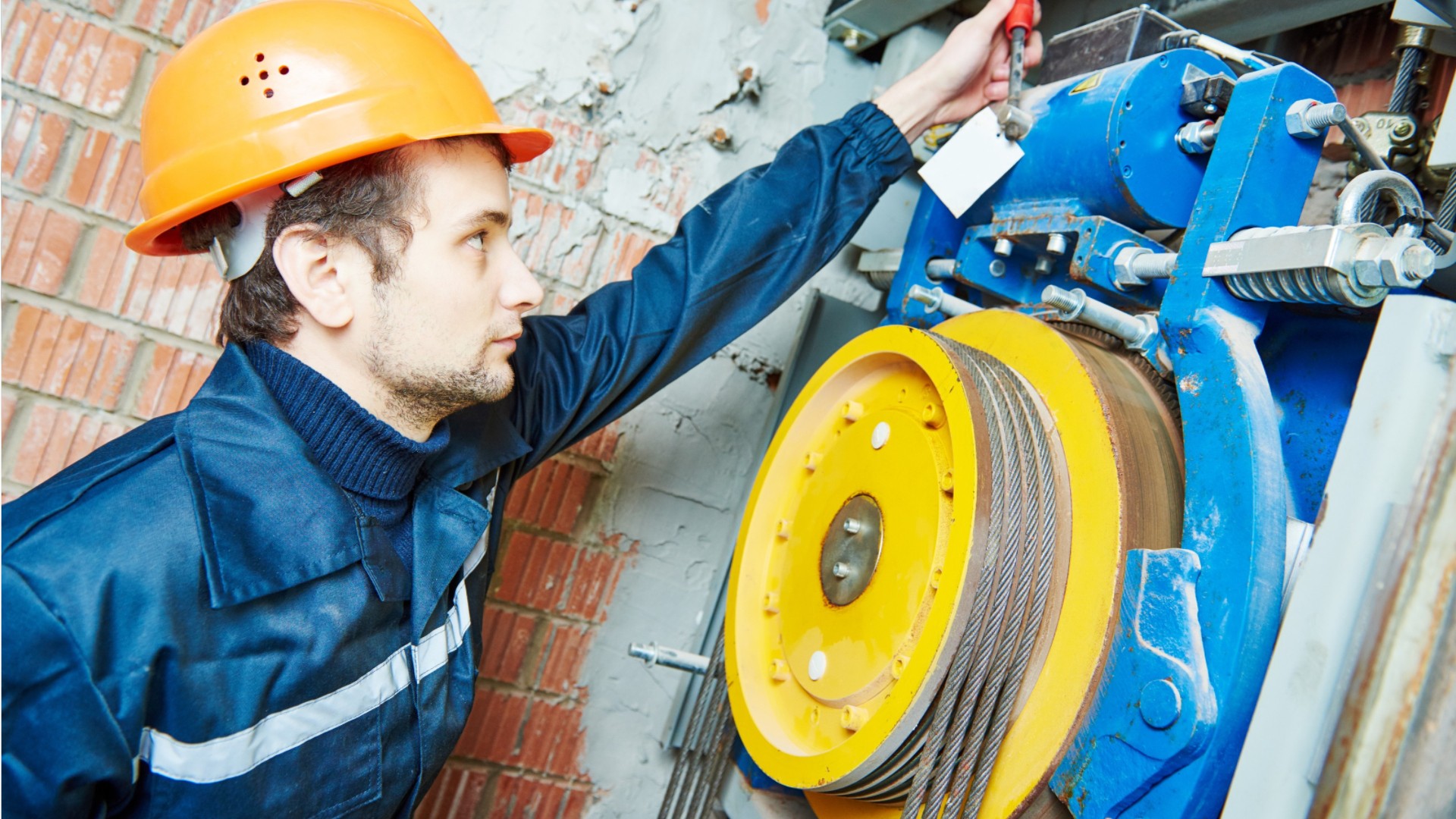Elevator & Escalator Installers & Repairers
Elevator Mechanic, Elevator Service Mechanic, Elevator Service Technician (Elevator Service Tech), Elevator Technician (Elevator Tech)
What they do:
Assemble, install, repair, or maintain electric or hydraulic freight or passenger elevators, escalators, or dumbwaiters.
On the job, you would:
- Inspect wiring connections, control panel hookups, door installations, and alignments and clearances of cars and hoistways to ensure that equipment will operate properly.
- Assemble, install, repair, and maintain elevators, escalators, moving sidewalks, and dumbwaiters, using hand and power tools, and testing devices such as test lamps, ammeters, and voltmeters.
- Disassemble defective units, and repair or replace parts such as locks, gears, cables, and electric wiring.
Knowledge
Engineering and Technology
- mechanical
- building and construction
Business
- customer service
- management
Safety and Government
- public safety and security
Math and Science
- arithmetic, algebra, geometry, calculus, or statistics
Skills
Basic Skills
- thinking about the pros and cons of different ways to solve a problem
- listening to others, not interrupting, and asking good questions
Problem Solving
- noticing a problem and figuring out the best way to solve it
People and Technology Systems
- thinking about the pros and cons of different options and picking the best one
- figuring out how a system should work and how changes in the future will affect it
Abilities
Hand and Finger Use
- hold or move items with your hands
- keep your arm or hand steady
Ideas and Logic
- notice when problems happen
- use rules to solve problems
Verbal
- listen and understand what people say
- communicate by speaking
Personality
People interested in this work like activities that include practical, hands-on problems and solutions.
They do well at jobs that need:
- Cautiousness
- Attention to Detail
- Dependability
- Integrity
- Perseverance
- Stress Tolerance
Technology
You might use software like this on the job:
Spreadsheet software
- Microsoft Excel
Analytical or scientific software
- Elevator Controls INTERACT
- WORLD Electronics Freedomware
Electronic mail software
- Microsoft Outlook
Education
Education: (rated 3 of 5)
high school diploma/GED or
certificate after high school
usually needed
certificate after high school
usually needed
Job Outlook
Bright
New job opportunities are very likely in the future.
Explore More
- Maintenance & Repair Workers, General
- Mechanical Door Repairers
- Millwrights
- Mobile Heavy Equipment Mechanics
- Rail Car Repairers
You might like a career in one of these industries:
See more details at O*NET OnLine about Elevator & Escalator Installers & Repairers.





